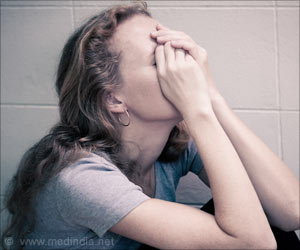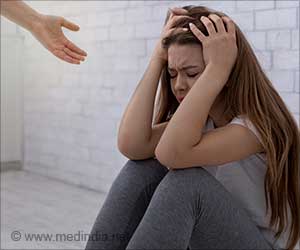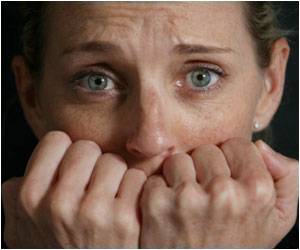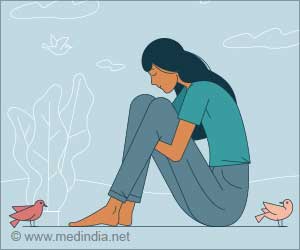Variation of PTSD (post-traumatic stress disorder) symptoms may occur in women over the course of their menstrual cycle.

‘Variation of PTSD (post-traumatic stress disorder) symptoms may occur in women over the course of their menstrual cycle that would interfere with its diagnosis and treatment as per a new study.
’





Estradiol is a form of female hormone – estrogen that regulates the reproductive cycle in women. During the follicular phase of the menstrual cycle, rising estradiol levels trigger a cascade of events that result in ovulation. Evidence shows that low-estradiol is linked to greater activation in the limbic areas (areas for emotion), and lower activation in the prefrontal cortex of the brain. Low estradiol has also been linked to greater stress and anxiety as well as increased fear responses.
Hormonal Variation and PTSD
The team studied 40 women among the age group 18 to 33 years who witnessed traumatic events (serious injury or sexual violence). The estradiol levels were noted in their saliva during the first part of the study to associate them with traumatic experiences.
The team also measured two stress biomarkers in participants’ saliva, the hormone cortisol and the enzyme salivary alpha-amylase, before and after the participants described their trauma.
Advertisement
Variation in Levels
Advertisement
On average, the researchers found that participants had greater variability in their daily moods during the low-estradiol days of their cycle and reported more severe PTSD symptoms on those days.
“PTSD for a long time was mostly studied in men, in part because it was mainly studied in veterans, who were mostly men. I think this is something that clinicians would want to know, so they can impart this knowledge as part of psychoeducation. For women who are naturally cycling, it may be useful to understand how the menstrual cycle affects their symptoms. When you can explain what’s happening biologically, it often becomes less threatening,” says lead author Jenna Rieder, Ph.D., an assistant professor of psychology at Thomas Jefferson.
The study may thereby have implications for diagnosing and treating PTSD in women with a different approach.
Source-Medindia














